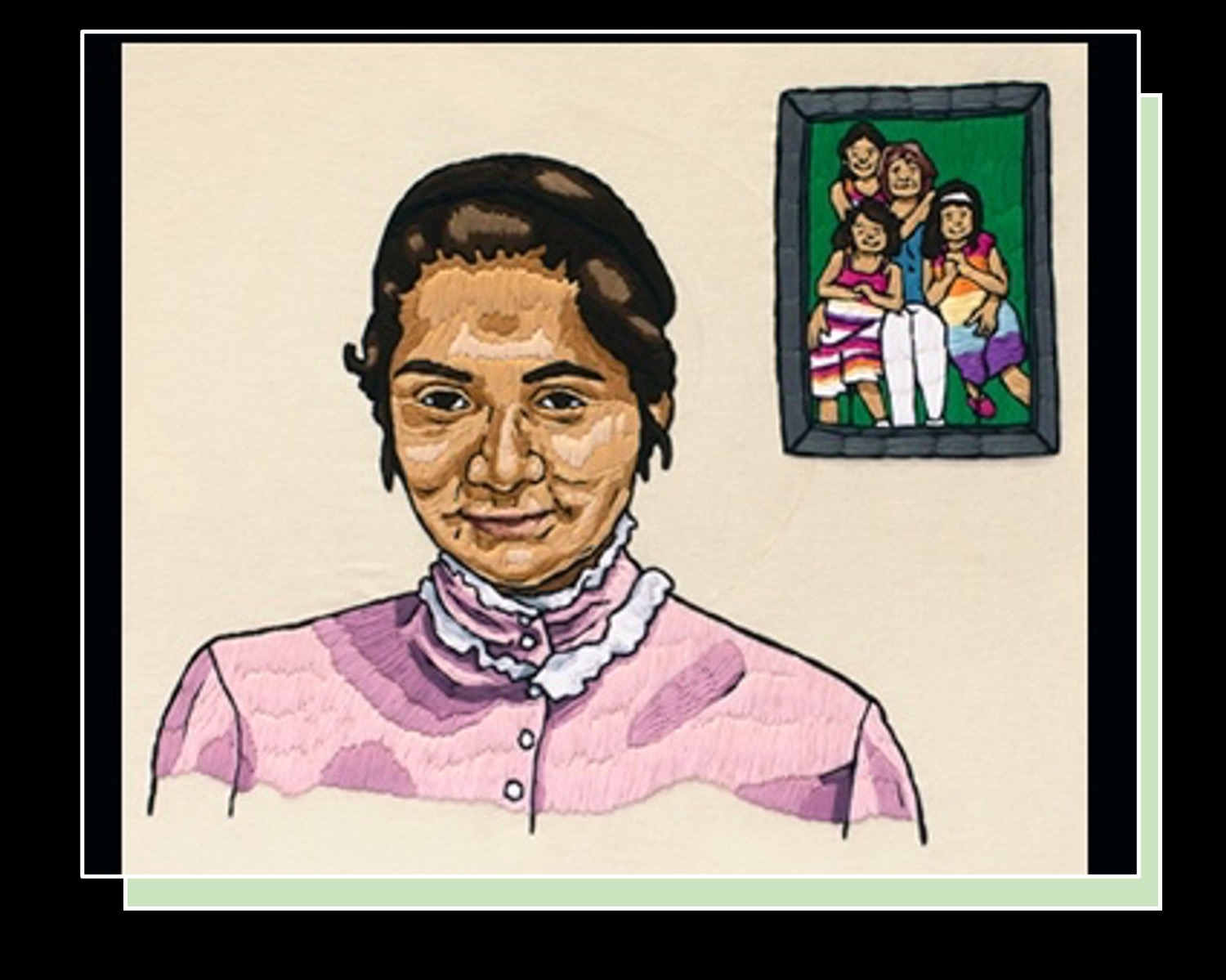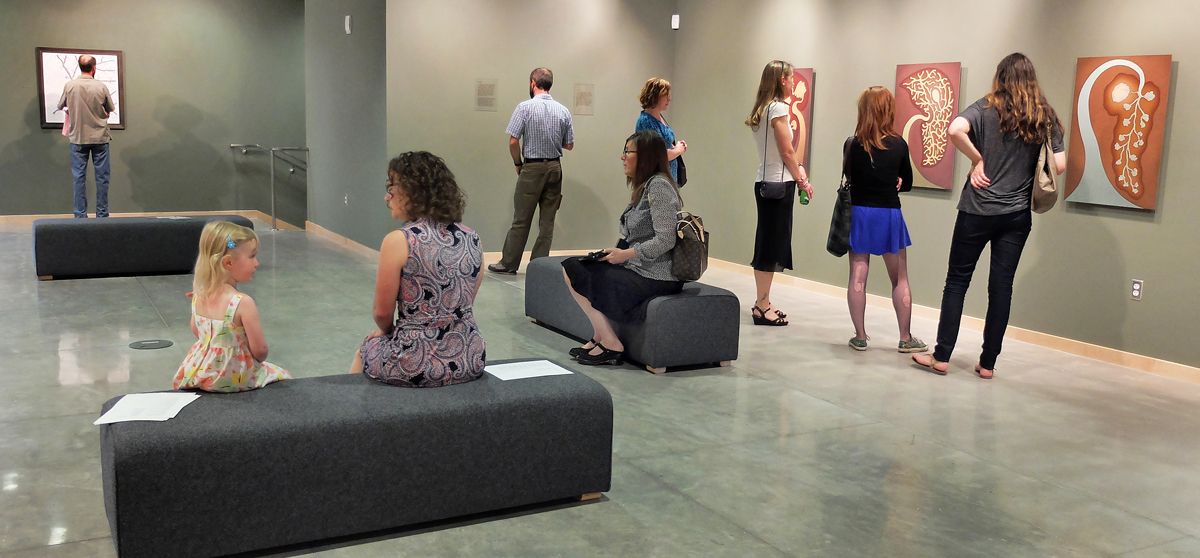PUT ME BACK LIKE THEY FOUND ME | DAISY PATTON
Date: - February 8, 2021

“I really don’t want to sue. I just want them to put me back like they found me.” —Valerie Cliett, sterilized against her will at age 23 after giving birth to her son
Artist Statement
Beginning in the late 19th century, scientists, critical thinkers, and some progressives believed they had discovered the solution to society’s ills: eugenics. A movement that still exists in many elements of our world today, it sought to “breed better humans” through Social Darwinism. These troubling ideas, which saw upper-class white people as the sole model of good genetics, transformed into laws that sought to eliminate “undesirable” people through various means, most especially reproductive sterilization.
In 1927, Carrie Buck became the test case for the legal basis of choosing vulnerable, marginalized people who were deemed unfit. Buck was raped at age seventeen and gave birth out of wedlock, which led to her institutionalization for supposed promiscuity and “feeble-mindedness.” This trauma was compounded when her case was heard by the Supreme Court. Eugenicists' terrible dreams were fulfilled with the 1927 verdict, and states across the country created eugenics boards where mostly institutionalized people were subjected to sterilization often for the simple offense of being poor, disabled, or, in the case of women, deemed promiscuous (whether true or not). Such policies were viewed as so successful that Nazi Germany observed and copied our methods to eliminate entire populations.
Post-World War II did not see an end to these horrific practices or the eugenics movement; rather, various states began targeting specific communities of color as a way to “purify” the country. It is difficult to obtain precise numbers on how many individuals have been subjected to sterilization, but through several persistent movements that fought for reproductive rights, the era of sterilization boards eventually came to an end, leaving in their wake a wound that never fully heals.
“Put Me Back Like They Found Me” centers the stories of female survivors of horrific, regular practices of forced sterilization in the US. I embroider the portraits of survivors as a nod to domestic labor, 'women’s work,' and thread as a metaphor for life. For living survivors, the work is a collaboration between the women and myself; each portrait is designed to contain a chosen element that has significance in their lives. Hospital gowns display painted text that focus on various survivors and the sufferings they have endured. It is truly impossible to understand the tremendous pain and violation forced upon so many people at the hands of governments, institutions, and doctors in the name of progress and white supremacy. We as a society owe these survivors and their memories our care and demand for justice by finally ending these cruel violations for present and future generations.
- One might think that these horrible practices no longer occur, but sadly this has risen up again at ICE facilities.
Read the September 2020 reporting from Vice News. - On February 8, 2021, Daisy Patton presented a discussion of her exhibit, and was joined by Dr. Virginia Espino, a UCLA historian who produced the film, No Mas Bebes, and Nilmini Rubin, who is the daughter of Mithra Ratne, one of the individuals portrayed in the exhibit.
- View exhibition catalog
- Learn more about Daisy Patton
 Hours
Hours